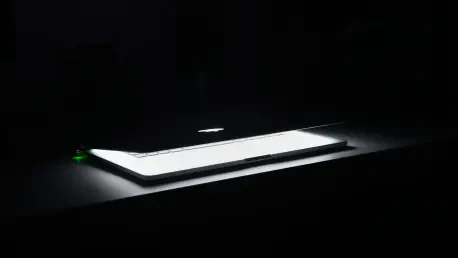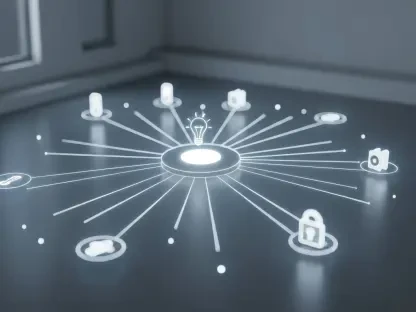The infamous “Blue Screen of Death” has long been etched into the minds of anyone who uses computers. This startling graphic signals something has gone wrong. However, a surprising development at Microsoft seeks to transform this familiar error message into something radically different, sparking interest and debate among tech enthusiasts and industry professionals alike.
New Color, Same Function: Why It Matters
For over four decades, the blue error screen has been synonymous with system crashes, marking a rite of passage for those interacting with technology. Now, Microsoft’s decision to replace the blue with black embodies a broader initiative to improve resilience and enhance user experience. This change emerges in the wake of the CrowdStrike incident, a reminder of the vulnerabilities present in even the most robust systems. Microsoft’s latest transformation underscores the need for development designed to prevent disruption and promote smooth recovery processes.
Features of the Updated Black Screen
This new black error screen isn’t just a cosmetic change; it embodies functional enhancements. A concise message now replaces the old, rather intimidating blue screen, accompanied by a progress percentage indicator. This alteration aims to reduce user anxiety, offering clear information about the process of restarting. Microsoft’s decision to forgo the frowning face, previously a hallmark of these error screens, aligns with a more user-friendly philosophy. By presenting information more clearly, Microsoft responds to the evolving needs of its user base, focusing on transparency and brevity.
Expert Perspectives and Learning from the Past
Microsoft officials have clarified that this change is part of a strategic shift designed to revamp error management procedures. Industry experts believe that such initiatives reflect a broader trend toward creating resilient systems. The CrowdStrike incident serves as a potent case study, illustrating how systems can falter and emphasizing the need for such strategic adaptations. Insights from these experts highlight that error message redesigns play a critical role in the continuous evolution of user-centric approaches in the tech industry.
Practical Benefits for Users
Innovations like the “quick machine recovery” feature aim to minimize downtime during inevitable system outages. With this, users can expect faster resolutions when their devices fail to reboot successfully. Steps are laid out for users to leverage these new features on Windows 11, version 24##. The changes promise to streamline daily activities, enhancing productivity and reliability. IT managers, in particular, may find these updates transformative, simplifying system management and offering new avenues for maximizing efficiency.
Real-World Relevance and Future Steps
With the transition from the blue error screen to a black one, Microsoft took a definitive step toward improving error management systems across its platforms. The new screen’s streamlined processes and user-focused changes prove invaluable, reflecting a marked commitment to creating more resilient and adaptive technology solutions. As users begin to experience these changes, the industry witnessed continued progress in system optimization and improved user experiences. Looking ahead, how Microsoft and others build on these changes and further integrate user-friendly designs and robust functionalities remains an intriguing evolution to watch.









